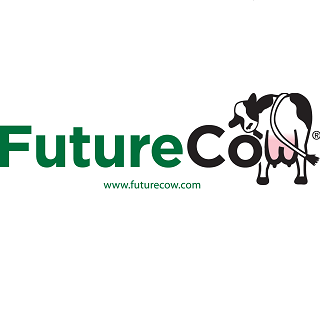World Markets

The primary driver of markets this year has been exports — especially for pork and beef. Those exports were fueled by three major factors: A weak US dollar, last spring’s foot and mouth disease outbreak in South Korea and a surge in pork purchases by China late in the year.
We fully expect the dollar to remain weak given the growth of the money supply since 2007 and the fact that the latest Euro zone crisis had a much smaller impact than did earlier ones. South Korea is rebuilding their cattle and hog herds but will likely never see them as large as they were one year ago.
In addition, the newly-ratified free trade agreement will begin to reduce tariffs on US beef and pork, making our products more competitive with domestic output. Shipments to Korea in 2012 will be lower, we think, than in 2011. But 2012 will still mark the beginning of a new era of US-Korea trade.
Finally, China’s pork prices have declined this fall and anecdotal evidence says the Chinese have slowed their purchases sharply. China will remain a lucrative market (1.3 billion x any number = a great big number!) and will very likely stay in the top three or four or five markets for US pork but we do not expect China to generate 2008 or 2011 numbers consistently.
While exports have been huge, domestic demand was strong in the first half of the year. Year-on-year demand index changes were positive for beef, pork and chicken from mid-2010 through mid-2011 before moving, in general, below year-earlier level.
The softening coincided with a decided softening of the restaurant/foodservice sector as the US economy slowed last summer. The beef demand index has moved back to positive, yearon-year, for August through November but the chicken and pork indexes are still very soft. These indexes tend to lag the market due to relatively slow changes in a) actual retail prices and b) USDA’s data on retail prices.
HUGE losses by chicken producers and tremendous difficulties in rectifying the situation. Just as 2009 and 2010 expansions were coming on line, feed prices exploded last year, putting chicken companies deep in the red. Their response was really pretty quick by chicken industry standards with egg sets dropping below year-earlier levels in May. But the subsequent reductions in placements in June and slaughter in July were confounded by high slaughter weights until September.
Lower feed costs and higher leg prices have put companies back near breakeven but breast meat prices are still awful — the victim, we think, of simply too many large boning birds and too much breast meat.
Grain markets were volatile but there is nothing new in that statement! Corn prices reached record highs last summer on fears of a short crop driven by “not severe” planting difficulties, severe flooding in some areas and an ill-timed heat wave that was feared to have severely harmed pollination.
The result, though, was a national yield only six per cent below the 1960-2010 trend and significant break in prices this fall. Corn is by no means cheap at around $6/bushel but that beats $7.50 all to pieces.
Wheat emerged as a cost-competitive feed ingredient in the US and world — a harbinger, we think, of things to come. Finally, soybean meal has fallen to near the bottom of what we believe to be ist “post-ethanol” trading range of $250 to $350/ton. That makes it a good deal for all but an especially big help for poultry producers who use much higher levels of meal.
The worst drought since the Dust Bowl years hit the southwest, driving calves into feedlots early and fueling a HUGE liquidation of the beef cow herd. The impact will be felt for years to come.
Two pieces of the three-legged ethanol policy will finally go away as the blenders’ tax credit and import tariff officially expire tomorrow. They were extended for one year in late 2011 but even the ethanol lobby has not pushed for another extension given the political winds of 2011.
The Renewable Fuels Standard (ie. mandate) remains in place but legislation has been introduced that will reduce it if projected year-end stocks-to-use ratio falls below specified levels. The future of that legislation, we hear, is a toss up at this time.






















